
 Ultimate Wolverine vs. Hulk tpb (Marvel, $19.99)
Ultimate Wolverine vs. Hulk tpb (Marvel, $19.99)
by Graig Kent
There’s probably no point in mentioning it — water under the bridge and all that — but this series, which should be most notorious for having been written by “Lost” co-creator Damon Lindelof, is actually more well known for the fact that its six issues of story took upwards of three years to come to completion. A year or so has passed since the series ended and the hardcover was released, but now it’s in a floppier and slightly cheaper format. So, with the passage of time, and “forgetting” its awkward history, how does it fare? Pretty damn well I have to say. I’m not a huge purveyor of the “Ultimates” universe, but what I have read is much like watching a film or TV adaptation of mainstream superheroes; some details have changed but the basic conceits of the characters are there. In this case, Wolverine is generally recognizable as Wolverine, and the Hulk is the Hulk, and Sam Jackson is Nick Fury (as every Iron Man movie-goer will know). The story is simple and relatively pure: Wolverine is tasked by Fury to find and kill the Hulk, they fight. That’s the story, really. There’s more that goes on but not much, and frankly, it’s about as close to perfect as a “two heroes fight” story can get. Lindelof gets the characters and delivers a story with a broken timeline style, an off kilter narrative, plenty of humor, and more characterization than a story like this deserves. This is truly an accessible book, whether a regular Marvel reader (Ultimates or 616), or casual, or if you only know these charaters from the movies, it gives you everything you need, and delivers a rollicking, complete story. No waiting. Oh, and the art from Leinil Francis Yu is lavish, cinematic, and crazy good.






 Black Widow #1 (Marvel, $3.99)
Black Widow #1 (Marvel, $3.99)
By Jeb D.
Ouch.
Even before Iron Man 2, Marvel had been working Black Widow into the starting lineup (or at least sixth-man… er, woman… status), in excellent miniseries by writers like Richard K. Smith and Paul Cornell. But I don’t know that anyone had quite put Natasha Romanoff through her paces in quite the same way as Marjorie Liu.
The book begins as these stories so often do with bits of Natasha’s life in Cold War espionage paying her a return visit. And much of the supporting cast is familiar: Logan, Tony Stark, The Winter Soldier. But what begins as a nice enough spygirl caper turns darker and more intense as it approaches the nerve-squirming climax of this first issue. Say one thing for Liu: she’s never been afraid to put the hurt on a hero (either in her comics or her original novels), and I suspect that what Natasha goes through here is just the beginning. I also suspect that it’s going to result in some major-league payback along the way.
Artist Daniel Acuna does well with the shadowy, quick-hitting action, but occasionally has trouble with contrast: Natasha sometimes looks as though she’d been pasted in from another book. She also looks more like ScarJo than she has in the past, but that’s only to be expected. There is also an illustrated, extremely thorough, bonus section at the back of the book that attempts to make sense of Natasha’s unusually convoluted (even for a comic character) backstory. Well-researched, to be sure, but it gave me a headache.
In the “female-novelist-takes-on-ass-kicking-comics-babe” sweepstakes, this one steps right out ahead of Tamora Pierce’s White Tiger and Jodi Picoult’s Wonder Woman




 The Spirit #1 (DC, $3.99)
The Spirit #1 (DC, $3.99)
By Jeb D
Here’s the thing about The Spirit: if Will Eisner was alive today, he wouldn’t be writing old-fashioned comic books about a wisecracking, two-fisted galoot in a blue suit, fedora and mask with a weakness for the skirts. Half a century and more ago, The Spirit was Eisner’s wry commentary on the culture of his day, and the comics were as much about new ways of telling stories as they were about the stories themselves. An Eisner working today wouldn’t settle for doing 22-page comic magazines; he might well be experimenting with web comics, or material created for something like the iPad, and he sure wouldn’t be working with characters from your grandfather’s time. Much as he loved The Spirit, Eisner also knew when his time had passed (he spent the last thirty or so years of his life resisting any effort to persuade him to resume the comic).
This is at least DC’s third attempt in as many years to shoehorn Eisner’s creation into their universe. There was Darwyn Cooke’s neo-retro approach to Eisner’s styling, which resulted in some pretty, and pointless, stories. When Cooke left the book, there were a few attempts to shape it to the kind of quirky mysteries that were the currency of Eisner’s day, but that never found an audience. Now, they’ve recruited Mark (Xenozoic Tales) Schultz to work The Spirit into Brian Azzarello’s predictably “grim n gritty” First Wave comics. So, Central City is now a sleazy Gotham-style cesspit; Captain (not yet Commissioner) Dolan is a querulous civil servant trying to keep his head above the sea of corruption… it’s all Frank Miller-lite. Schultz tries to compensate by making The Spirit as dour as Matt Murdock, but the character just reads like a leftover tough guy from a Bogart film. Maybe the weirdest decision of all is to pick up on one of the worst aspects of Miller’s disastrous Spirit movie, and turn The Octopus from a mysterious pair of gloves and off-panel voice into a flamboyant, not particularly mysterious, Kingpin knockoff.
Matters aren’t helped by the European stylization of the (perfectly competent) art by Moritat: he doesn’t do much to ape Eisner’s creative paneling (apart from the obligatory working of the word “SPIRIT” into the cityscape), but doesn’t have anything memorable to put in its place.
The book also comes with an 8-page black and white Spirit story by Denny O’Neill and Bill Sienkewicz which is structurally closer to Eisner, but that just makes it feel warmed-over, rather than misguided, for what that’s worth.
Look, I understand DC’s position: when you buy the rights to a character, shareholders expect you to exploit them. And there’s no point in just redoing old Eisner-style Spirit stories. The problem is that, from an artistic point of view, there’s also not much point in simply dumping a load of today’s grim ‘n’ grit onto that familiar blue suit. The Spirit was about a time and a place… but, mostly, it was about new storytelling possibilities in sequential art. If The Spirit doesn’t have anything new to say with or about comics, just leave the character be. Eisner did.


 Astro City: The Dark Age: Book Four #4 (Wildstorm, $3.99)
Astro City: The Dark Age: Book Four #4 (Wildstorm, $3.99)
by Adam Prosser
Obviously it’s pretty arrogant of a reader to think he or she knows what would have been better for a story than the author, but there’s at least one area in which this is frequently true, and that’s when it comes to judging length. Because brother, when a story is too long, the reader knows it right away.
Such is the case with the now concluded “The Dark Age” storyline of Kurt Busiek and Brent Eric Anderson’s Astro City, a sprawling saga that spanned a decade of the fictional superhero universe’s history—specifically, the 70s and early 80s, corresponding to what comics collectors refer to as “The Bronze Age”. This was a time when comics dabbled in the same grittiness and moral ambiguity that swept the movies of the era, which is reflected in the increasingly dark goings-on in Astro City. Against this backdrop we get the story of two brothers, one a cop, the other a criminal, which starts off as a street-level tale of revenge and estrangement but slowly expands to more traditional comic-book proportions. Which is, actually, one of the most interesting things about this storyline—Astro City is usually not shy about being a big sloppy valentine to superheroes, and that usually extends to lionizing the heroes within the world of the comic, even when individual stories dabble in shades of grey. But “The Dark Age”, at the end, uses the characters’ gradual journey towards superherodom as a metaphor for their dwindling humanity, fading more and more as their quest for revenge takes its moral toll. (And may I say, it’s nice to see a revenge story that does more than pay lip service to revenge as, y’know, a bad thing.) Even the brothers’ final confrontation with the Silver Agent, who’s been portrayed as The Embodiment Of All That Is Good And Decent throughout the series, doesn’t end with the expected homilies, to the comics’ great credit.
The problem, as I said above, is that this arc went on way too long—four books of four issues each, plus a prologue that was released as a giveaway. Putting aside the fact that the series took five years to come out, and the specific problems with this comic being away from its present day timeline for so long, there simply isn’t any reason this story couldn’t have been told in half the space. I always love delving into the fun details and backstory of Astro City, but at a certain point you’ve got to put narrative economy ahead of playing in the sandbox. For that reason, I’m forced to lower the score, even though this individual issue provided a strong finale to the series. It’s just a finale that should have come sooner.



 I, Zombie #1 (Vertigo, $1.00)
I, Zombie #1 (Vertigo, $1.00)
By Devon Sanders
“Zombie” is the new vampire. From the movies such as “28 Days Later” (Geeks and nerds, debate on your own time) to comics’ “The Walking Dead” and literature (Pride and Prejudice and Zombies), the zombie has become pop culture’s new “It” undead. So, with I, Zombie #1, we are introduced to a character so shockingly inevitable all I could do was shake my head and go, “I wish I’d thought of that.” The zombie “It” Girl. Her name is Gwen Dylan.
She is a gravedigger.
An attractive, platinum-haired woman with tired gray eyes stands in a graveyard, restlessly waiting for something. No; one thing, in particular. You see, it’s her “time of the month,” but we’ll have to get back to that later. For now, there’s a hole that needs filling. In another part of town, a were-terrier sits in a diner, patiently awaiting dinner with a zombie. As night falls, all thoughts turn to what to what’s to eat as earlier, dinner had been lovingly prepared. Back to the woman in the graveyard, brain in hand. She has a secret. She eats brains. And, in order to stay “alive” must consume one brain a month to avoid reverting back to her undead self. But see, there’s a catch: with every brain consumed, she takes on the deceased’s memories and this one screams, “murder,” Only after he’s laid to rest can she find peace so, until then… life’s on hold.
With writing, all at once, clever and considered, writer Chris Roberson (Cinderella: From Fabletown With Love) has created a tale lush with storytelling potential. My only concern is that it could easily crush itself under the weight of high concept alone but with Roberson’s clever dialogue and “turn-on-a-dime” plotting, this won’t come to pass anytime soon.
Artist Mike Allred (Madman) is his usual incredible self, providing the eye with art full of lush penstrokes, fully realized backgrounds and character design. With Allred, you never see a wasted or superfluous line and in I, Zombie, he reinforces what I’ve believed for a good while now; that he’s become one of our master storytellers.
With a combination of brilliant concept and clever writing and Mike Allred’s beautiful artwork, I, Zombie #1 looks to be the start of something very, very good.







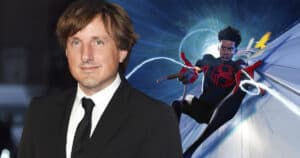

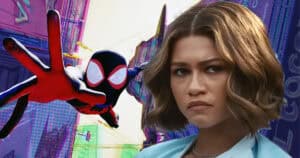
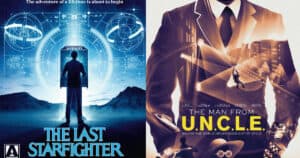
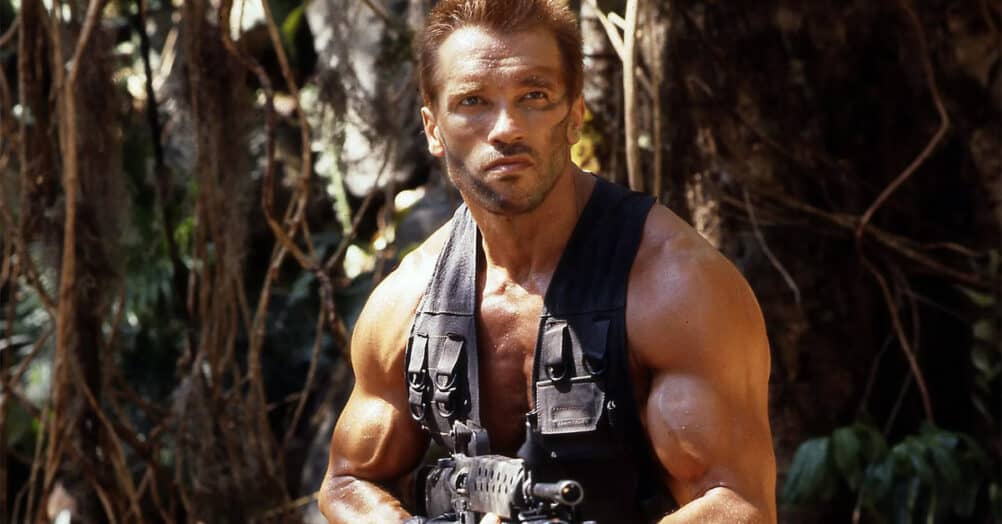
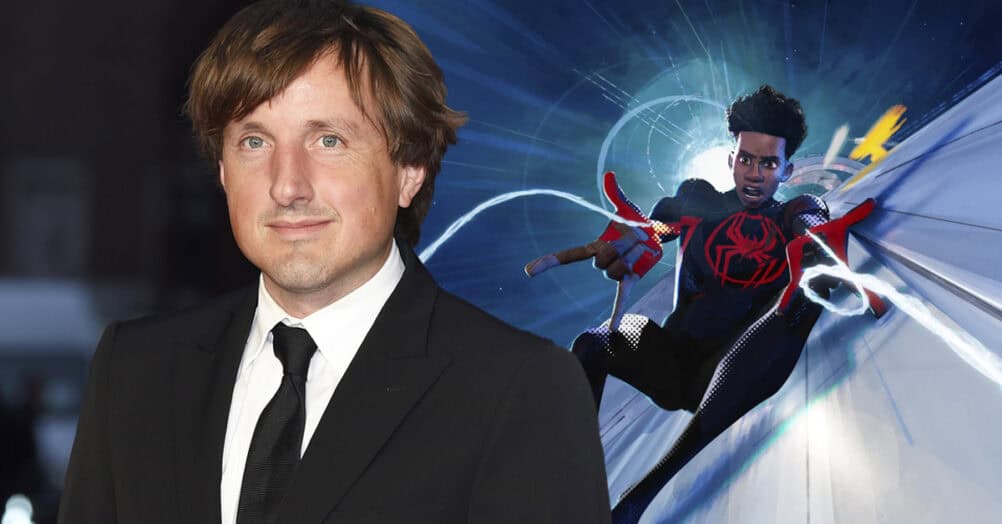

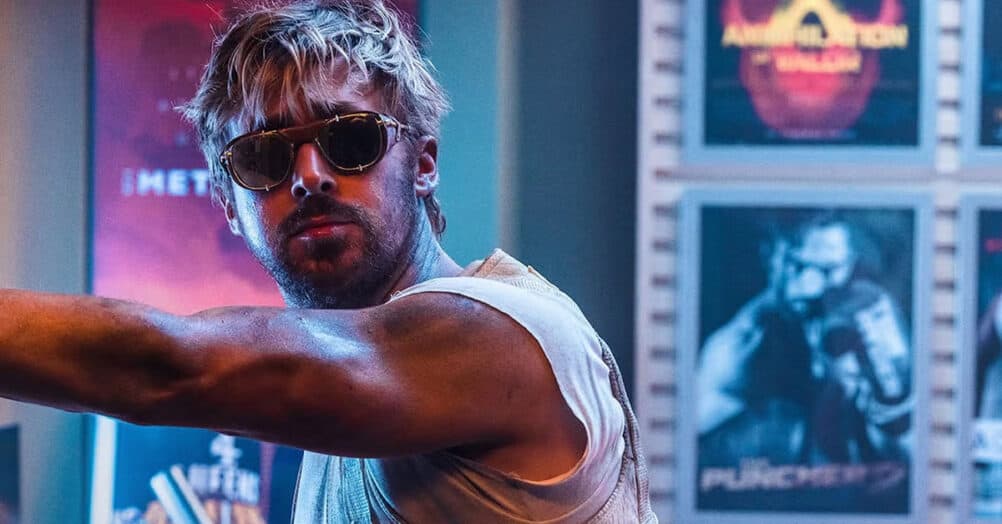
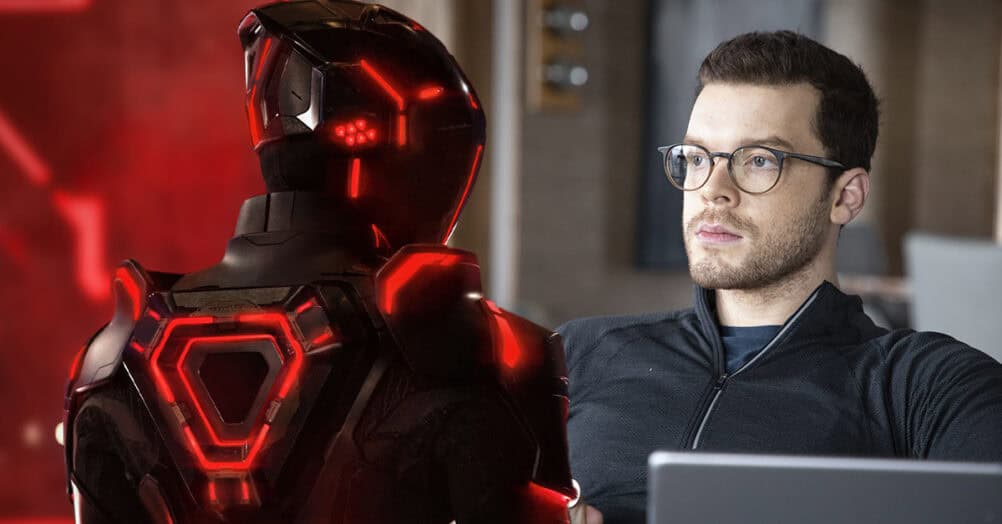

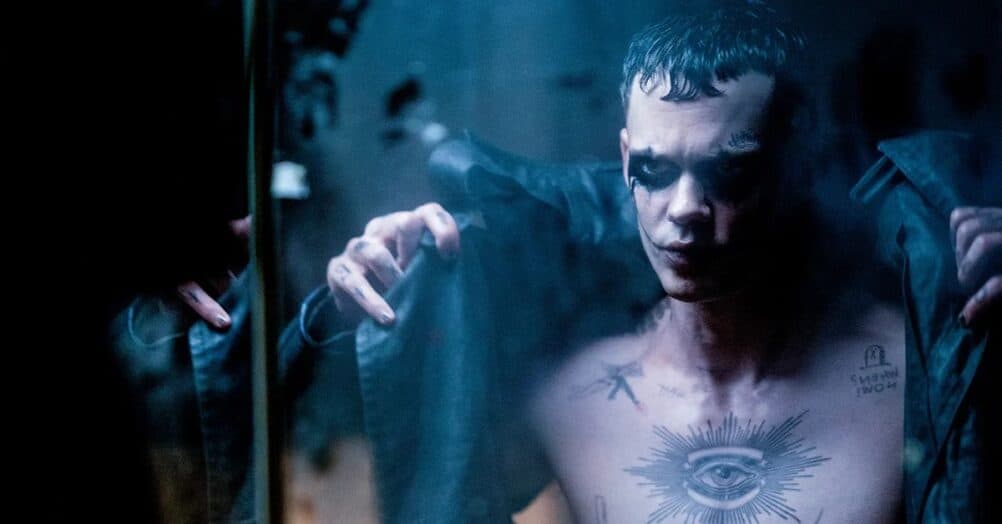
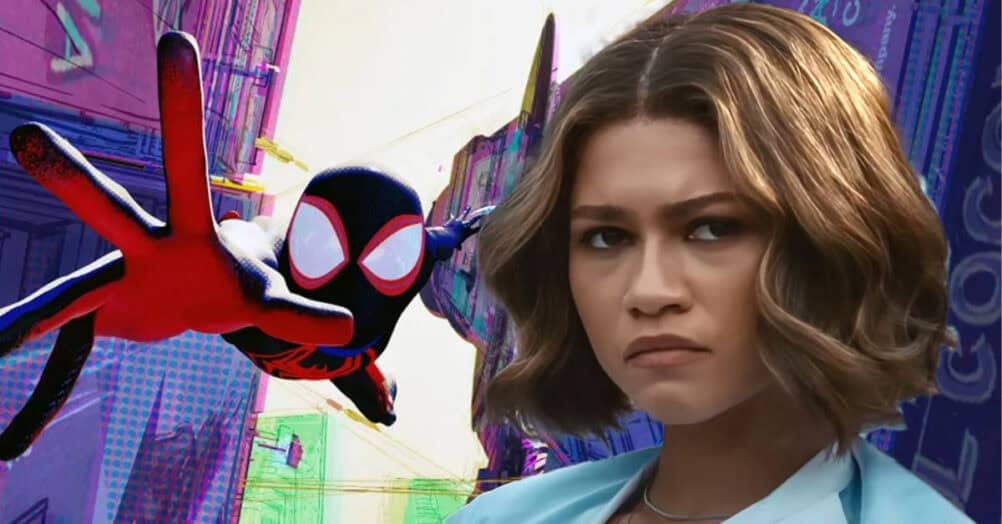
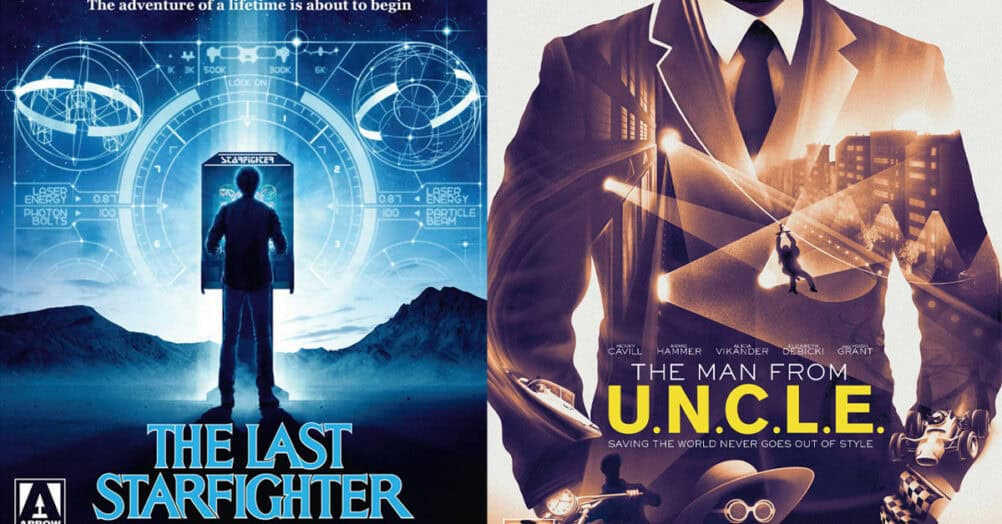
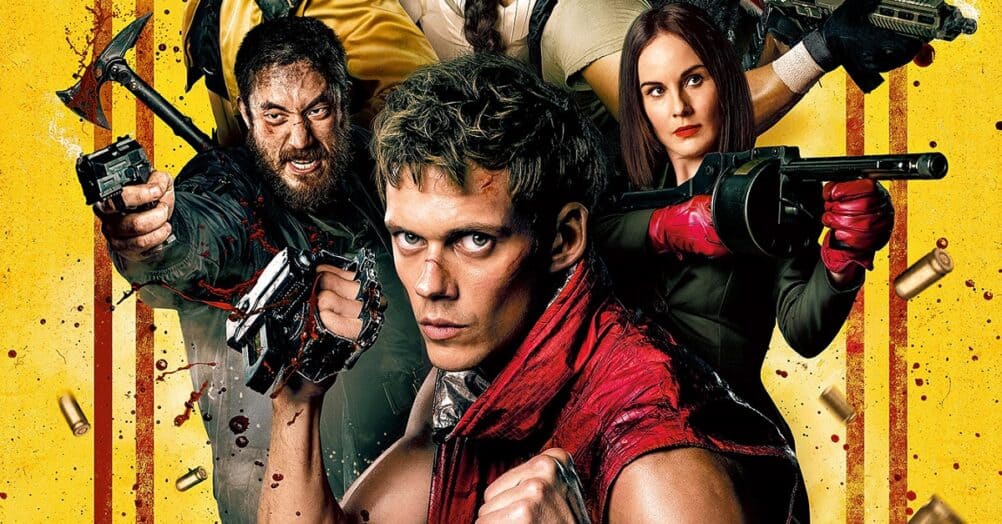
Follow the JOBLO MOVIE NETWORK
Follow us on YOUTUBE
Follow ARROW IN THE HEAD
Follow AITH on YOUTUBE